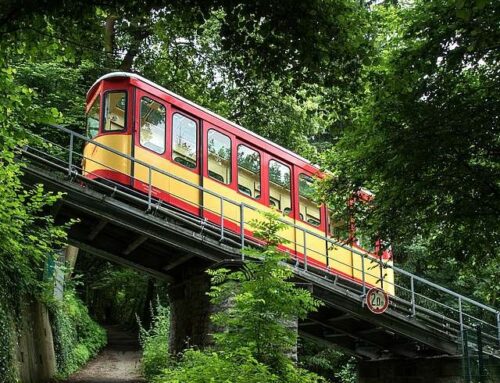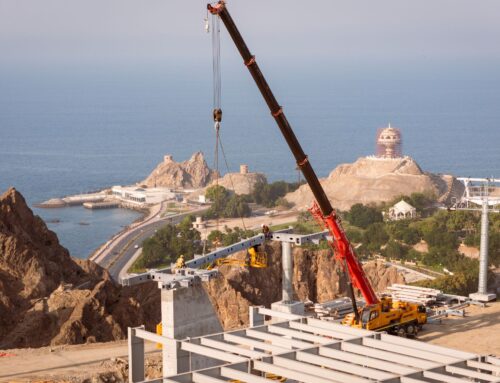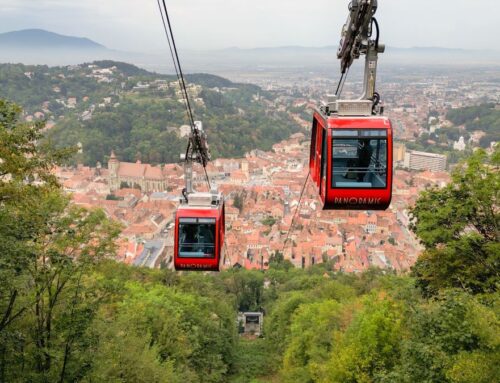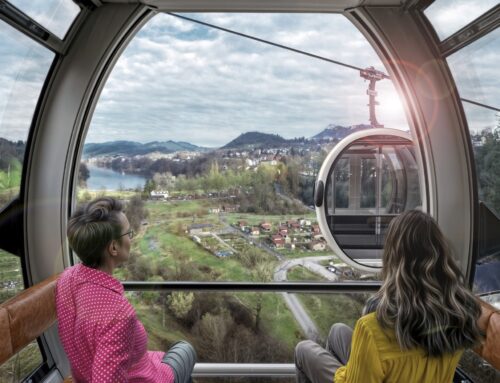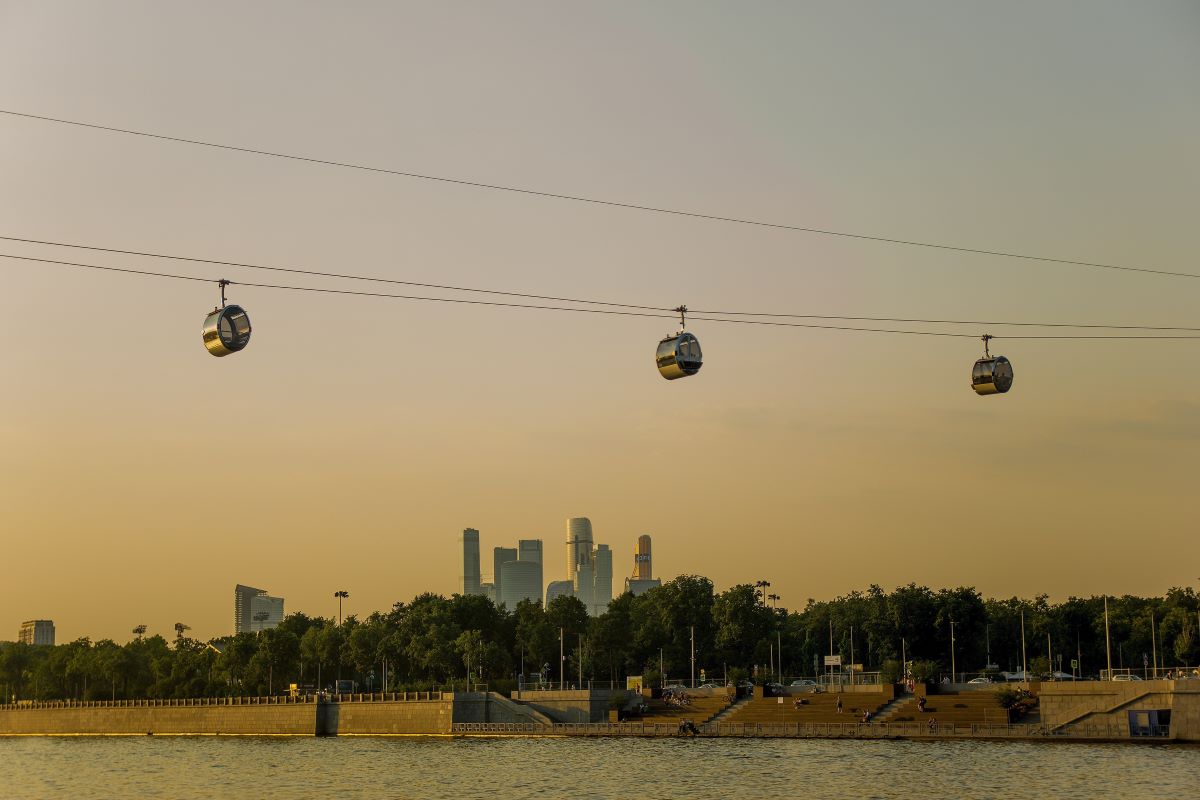
Cities
Bus, Train, Ropeway: Comparison of Accident Numbers and Injuries
As urban populations continue to grow, ensuring safety in public transportation is becoming increasingly important, according to researchers at the Technical University of Munich. A new study compares three urban modes of transport – buses, trains, and cable cars – based on European data from Germany, France, Austria, and Switzerland.
The methodology involves identifying key influencing factors such as human error, technical failures, and environmental conditions. The research draws on data from 2015 to 2022, sourced from Eurostat, national statistical offices, and the International Organization for Transportation by Rope (OITAF).
To enable a meaningful comparison, the study calculates the number of injuries and fatalities per 100 million passengers for each transport mode.
Ropeways: Number of passengers
In examining the safety of cable cars, the researchers focus on three specific types used in urban transport: aerial tramways, gondola installations, and funiculars.
Below is the the accumulated number of passengers transported by cable cars in Austria, Germany, France, and Switzerland. The amount of people using ropeways has remained almost constant over the years. Austria has the highest number of passengers of the four countries observed.
The accumulated number of passengers in Austria, Germany, France, and Switzerland

Ropeways: Number of injuries
Accident figures for cable cars are very low and don’t schow a big variation. However, due to the low numbers, a single incident can have a significant impact.
Between 2015 and 2020, there were no fatal accidents in France, Germany, Austria, or Switzerland. In both 2021 and 2022, one fatal accident was recorded each year. However, the researchers also point to incidents in neighboring countries.
Injuries on Cable Cars in France, Germany, Austria, and Switzerland

In 2021 there were two serious accidents with 14 fatalities in Italy (Stresa/Monte Mottarone), and one fatality in Czech Republic/Jested. And on 17.04.2025 in Naples/Italy, with four fatalities.
In all three cases a rupture of the haul rope in combination with a malfunction of the track-rope brake was the reason. According the investigation reports, in both cases a lack of knowledge of the operators and no effective legal supervision and inspection strategy was origin.
Number of Injuries on Cable Cars per 100 Million Passengers

Bus, train, ropeway – a comparison
Buses and trams record an average of 7.49 injuries and 0.18 deaths per 100 million passengers — significantly more than trains or cable cars.
This higher accident rate is partly due to road traffic: buses and trams share the road with other vehicles, which increases the risk of collisions. Intersections, traffic lights, and unpredictable traffic situations further amplify this danger.
Trains record 0.93 injuries and 0.09 fatalities per 100 million passengers.
Comparison of Transport Modes

Ropeways stand out as the safest mode of transport, with a very low number of injury or fatal accidents. The number of fatal accidents is practically zero for almost all years observed, highlighting the two single accidents recorded that have a huge impact on the numbers of the result.
The average accident rate is 0.65 injuries and 0.07 fatalities per 100 million passengers.
Ropeways benefit from several factors contributing to their safety. Unlike buses and trams, which share the road with other vehicles and pedestrians, ropeways are isolated from ground traffic, making operations less complex, easier to control and automated.
Ropeways also follow a wide range of standards and protocols with 3rd parties.
“These conclusions highlight the importance of continuing to provide adequate infrastructure and invest in technologies that reduce accident risks and protect passengers, based on evident statistics,” the researchers conclude, emphasizing that each mode of transport has its own advantages and disadvantages.



